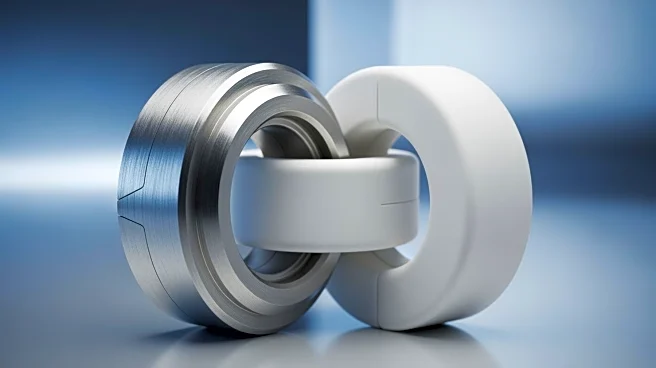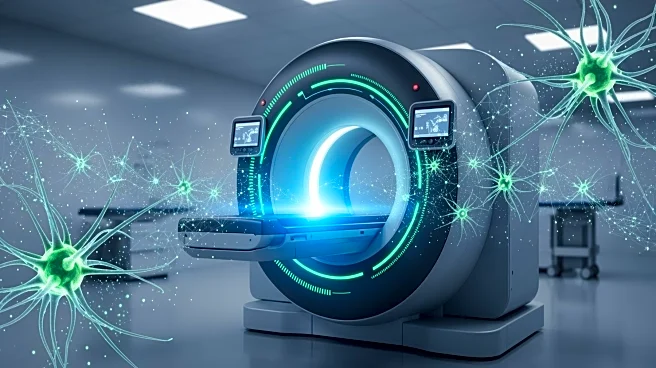What's Happening?
Zavation Medical Products has introduced NanoPrime™, a groundbreaking implant material that combines PEEK and titanium for spinal devices. This new technology utilizes advanced nano-engineering processes to bond coating and substrate atoms, reducing delamination
risks. NanoPrime™ will be featured in Zavation's Varisync® ALIF interbody system and integrated across the Labyrinth® Porous PEEK offerings. The material offers titanium's biological compatibility and PEEK's imaging compatibility, with nanoscale features that may enhance osteoblast activity. Zavation aims to improve surgical outcomes and patient quality of life through this innovative material science approach.
Why It's Important?
The introduction of NanoPrime™ represents a significant advancement in spinal device technology, offering improved mechanical and biological properties. By combining the strengths of PEEK and titanium, Zavation provides surgeons with enhanced tools for spinal surgeries, potentially leading to better patient outcomes. This innovation could set a new standard in the industry, influencing future developments in spinal implants. The technology's ability to support osteogenic factors and angiogenic markers may lead to faster recovery times and improved integration with the body, benefiting both patients and healthcare providers.
What's Next?
Zavation plans to showcase NanoPrime™ at the upcoming NASS conference, highlighting its potential to revolutionize spinal surgery. The company will continue to develop and expand its portfolio of spinal solutions, focusing on innovation and collaboration with surgeons. As NanoPrime™ gains traction, it may prompt competitors to explore similar hybrid materials, driving further advancements in the field. Zavation's commitment to research and development will likely lead to additional breakthroughs in spinal device technology.
Beyond the Headlines
The launch of NanoPrime™ underscores the growing importance of material science in medical device innovation. It highlights the potential for hybrid materials to address longstanding challenges in implant design, such as compatibility and durability. This development may inspire further exploration of nano-engineering techniques in other medical applications, paving the way for new solutions in various fields of healthcare.













